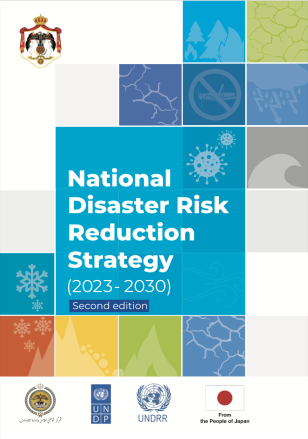National Disaster Risk Reduction Strategy 2023-2030
National Disaster Risk Reduction Strategy 2023-2030
February 7, 2023
Disasters are increasing worldwide, bringing about catastrophic impacts that make it difficult for countries to achieve their development goals while safeguarding the well-being of their citizens and meeting their basic needs. Increasingly, systemic and unknown risks lead to such impacts.
These complex disasters, which result from various risks, occur concurrently, and with increased frequency and severity more than ever. As per global statistics, while the number of disasters around the world doubles in number, the average number of disasters related to natural hazards in the region is increasingly doubling. In the Middle East region and in Northern Africa, the increased exposure and vulnerability to natural hazards, in addition to accelerated urban growth, water scarcity, and climate change, collectively act as serious challenges to policies, planning, and development.
Jordan is affected by various risks, particularly related to climate change (such as flash floods, landslides, and droughts), which are becoming more frequent, causing loss of life and property, and costing millions of economic damages each year in different regions. Since these risks clearly have a significant adverse impact on the economy, as well as on the people, Disaster Risk Reduction (DRR) has become a national priority.
This strategy is considered a roadmap for obtaining a shared understanding of prevailing disaster risks and assessing the current DRR system and its capacity for achieving DRR objectives. These objectives are determined by the National Centre for Security, Management and Crises (NCSMC), as the holder of authority to coordinate national efforts in this area, with the support of national consultations of all relevant national institutions and entities.

 Locations
Locations